Media | Articles
5 unforgettable lessons my Honda CL90 taught me about motorcycles
Exactly 50 years after learning to ride on a red 1967 Honda CL90, I’ve come to realize that almost everything I really needed to know about motorcycles came through this humble 8-hp street scrambler. Flash back to June 1970 and America’s motorcycle boom was on. Honda’s CB750 Four had debuted, European and Japanese dirt bikes flooded ashore, and bike magazines hit the newsstands rapid-fire.
Months of appealing and pleading, backed by decent scholastics and a demonstrable work ethic sealed the deal. Dad steered me not toward a Hodaka or Yamaha, but Honda’s Scrambler 90—bought used for $200. In hindsight, no machine better matched this skinny 16-year-old. That bike took me 18,000 in 18 months, conferring a lifetime skillset.

Look for danger
Besides having me fully earn the Honda, Dad made me research how people get hurt on motorcycles. I discovered the worst occurred in intersections during rush hour, when cars blindly turn in front of riders. This prompted devising a personal game called “I’m it,” which supposed drivers couldn’t see me. Riding suspiciously saved me more than once—and I still play the game today.
Other dangers lurk in intersections. A harsh lesson happened at a “T” intersection bisected by a concrete swale, in which laid water and leaves. To a teen, splashing through the swale looked like fun. Little did I know how slippery concrete, water and leaves could be, and down went the Honda, leaving its rider skimming the asphalt on knees and hands. Immediately, gloves became a part of my riding kit, and I regarded surfaces more critically.

Build your riding skills
The anemic Honda required using its few horses efficiently. The benefits got proven one afternoon after encountering a guy on a big Triumph scrambler eyeballing a dirt embankment. He took a shot, accelerating hard and the twin roaring. But surprisingly, the Triumph dug in partway up, then retreated in defeat. My turn, and to my surprise, the Honda conquered a slope that the heathen Triumph couldn’t. My epiphanies: Small bikes aren’t inferior to big bikes; and better skills supplant lesser ones.
Marketplace
Buy and sell classics with confidence
In a local canyon was a downhill leap, and much jumping taught me what works: Adopt an “attack” position; center your mass on the bike; and throttle carefully during launch. Next to jumping though, nothing’s more fun than wheelies. The sluggish 202-pound CL90 wasn’t a natural here, but it did establish that wheelies are about balance and finesse, not power.

Do it yourself
In trail riding, I discovered the Scrambler 90 was basically a streetbike. Its fork bottomed in severe use, but experimenting with different oil grades made it at least acceptable. And the shocks were worse, so I bought my buddy’s Kawasaki 175 shocks and adapted them. Other mods included high-mounting the front fender for mud clearance, making cleated foot-pegs, and fabricating a side-stand. All were made in high-school shop class with a hacksaw, file, vise, hammer and welder.

Earning $1.50 per hour mowing lawns made parts purchases significant and shop labor out of reach. So, when the CL90 developed an electrical fault, I had to figure it out myself. A 30-mile Schwinn ride for a new rectifier was exasperating because, actually, the battery was kaput. More challenges arrived as the piston scuffed riding to the Greenhorn Enduro, which required a new top end—and new capabilities. The lessons continued with tire replacement, frame repairs, and sewing together a new seat cover.
Learn to suffer
Motorcycles are fantastic connections to the environment. In the morning we may feel and smell the air and relish its warmth—only to later curse the rain, cold, and wind. Aboard the Honda 90 with but a parka for protection, you got what you got. With no money for fancy riding gear, on rainy days plastic bags rubber-banded over the knees helped keep pants dry, gardening gloves helped keep hands warm, and a scarf Mom knitted kept air out of the jacket. Riding is suffering to some extent, and so I believe the miles spent enduring physical suffering were a valuable life apprenticeship: Achievement requires commitment, and whining never helps.
Sixteen forever

A half-century after that first Honda 90, I still marvel at having ridden the original so far, and at everything it taught me. When I say the lessons were real, I really mean it. My last bike assignment prior to COVID-19 was track-testing a 200-hp supercharged Kawasaki Z H2 at Las Vegas Motor Speedway. Here, looking and thinking ahead, choosing smooth lines, feeling for traction, staying centered on the bike, managing wheelies and braking, and being efficient and steady, were paramount—especially at 160+ mph on the high banks.
And you know what? It all worked out fine. So, wherever you are, original little Honda CL90, thanks tons. I definitely owe you one!



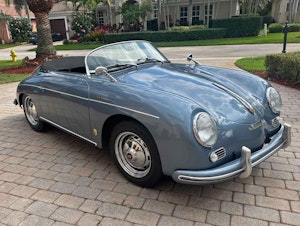

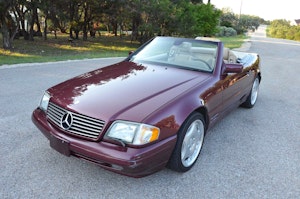



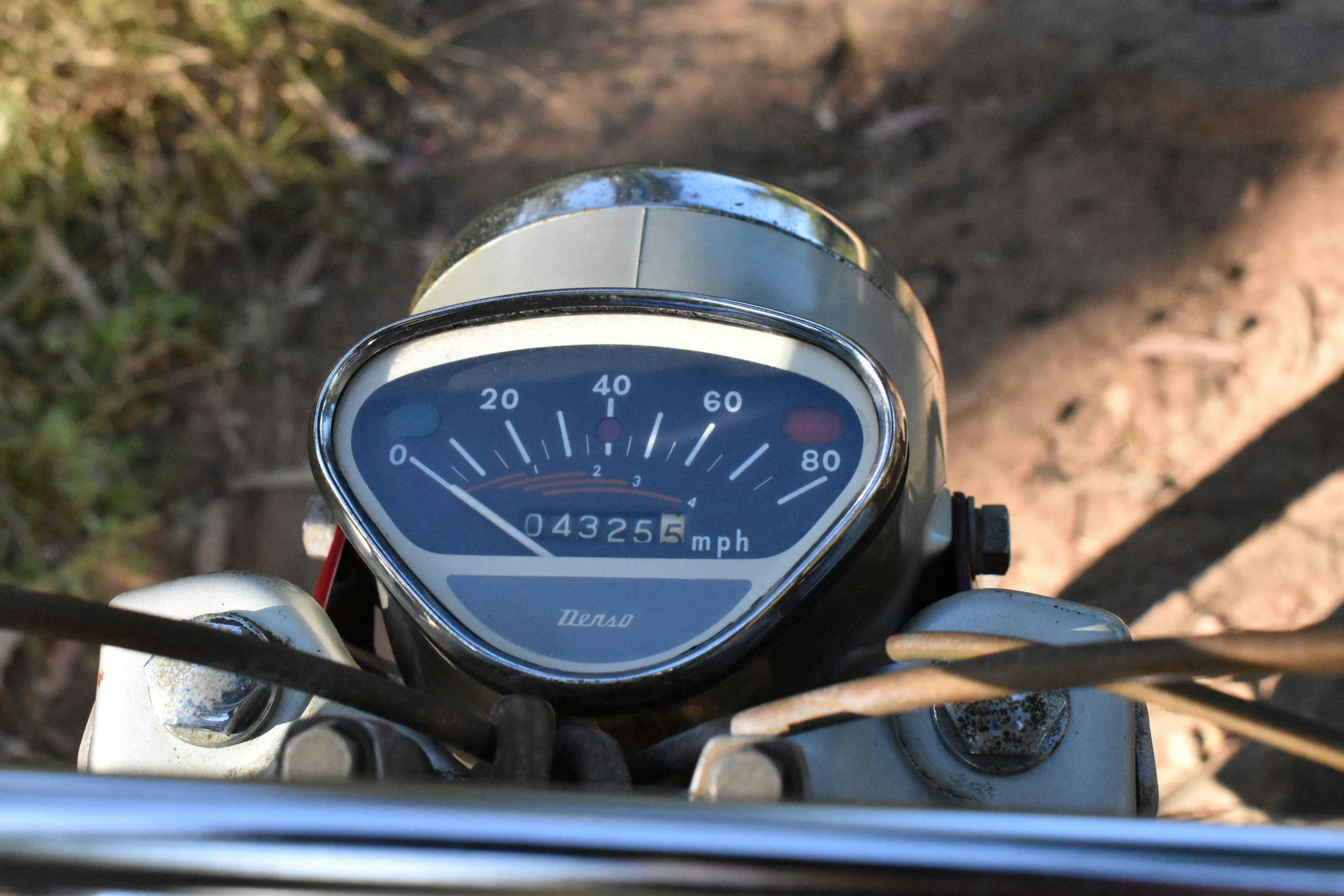

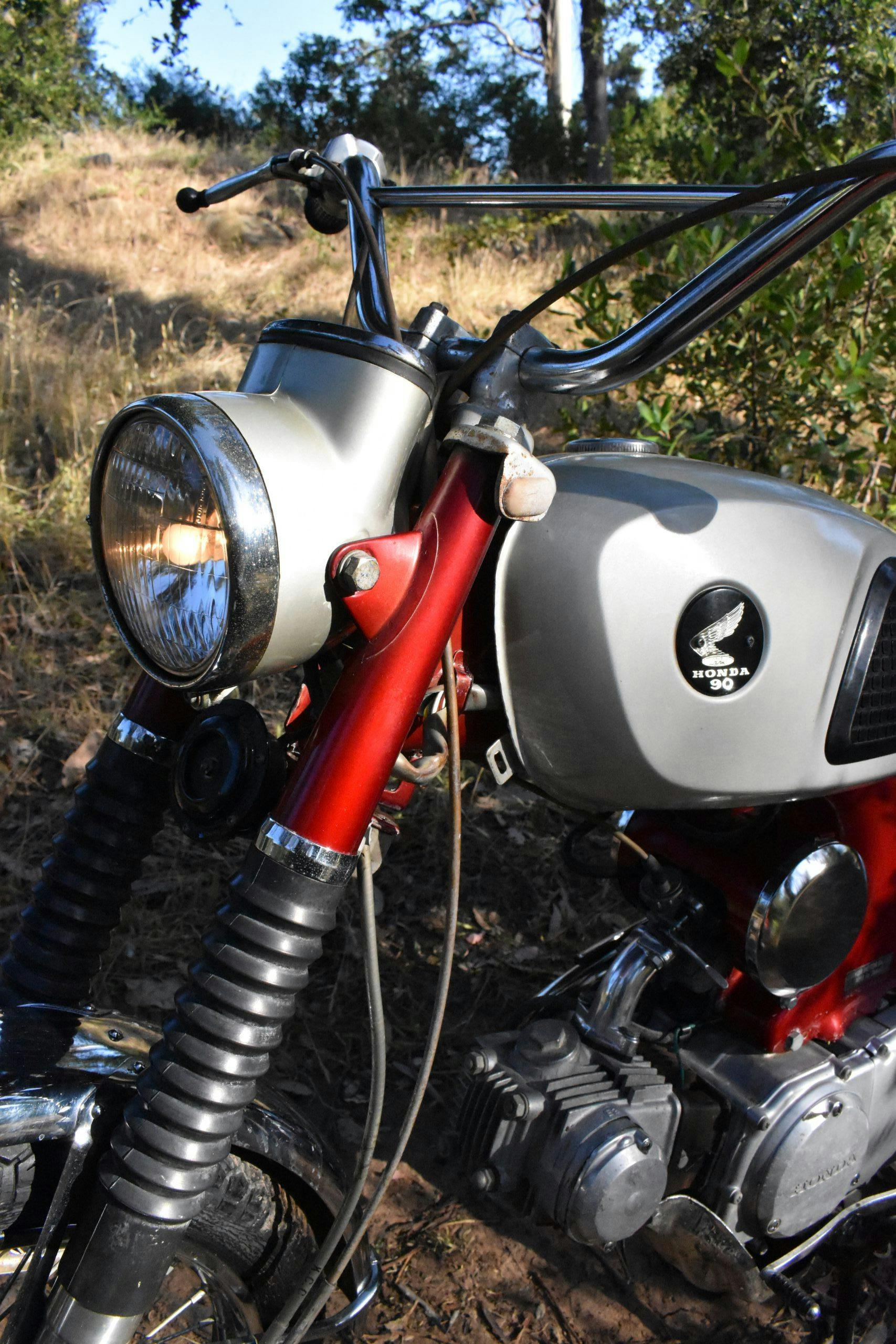

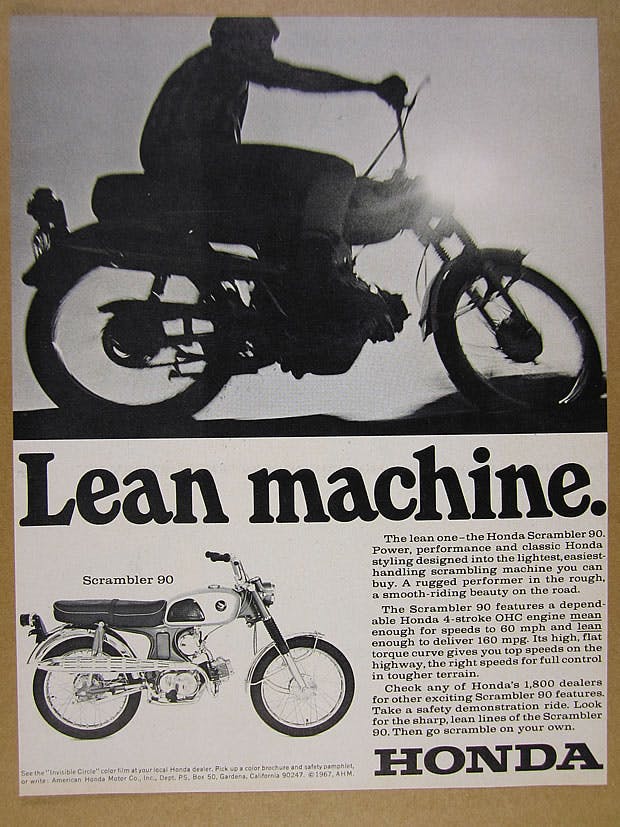













Hey John, reading about your little Honda was nostalgic, it tugged on my heart and brought a tear to my eye. Mine was a Honda 55 then later a 500cc Indian. Done my old heart good!! I’m 81. Thank you.
I had a ’67 S90 a ’68 S90 and a ’68 CT90 The “67 was purchased as a basket case so I had to put it together before riding it. The ’68 S90 didn’t run when I got it so I rebuilt the top end, the ’68CT90 was in great shape when I got it and I had a blast riding it all over the surrounding mountains and hills. Great memories.
I had the same bike/color when I turned 16. Eventually put in racing valve springs. I think I had it bored out to 108 cc. A great bike to learn on.